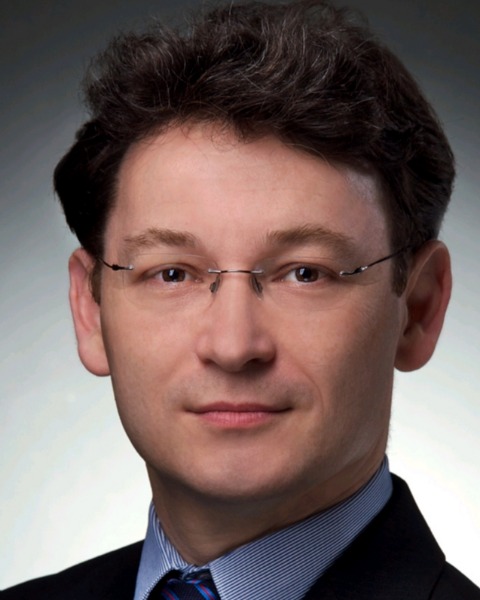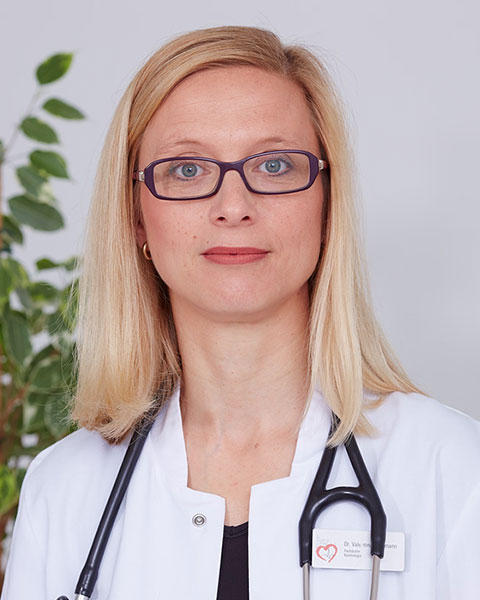Rapid Fire Abstracts
DECIPHER-HFpEF (DZHK 12): Normalization of T1 and T2 maps using travelling volunteers (RF_TH_156)

Eike Nagel, MD
Director
Goethe University Frankfurt, Germany
Eike Nagel, MD
Director
Goethe University Frankfurt, Germany
Sebastian Kelle, MD, FSCMR
Cardiologist
Deutsches Herzzentrum der Charité, Germany- FA
Florian André, MD
MD
University Hospital Heidelberg, Germany - PW
Philip Wenzel, MD
Consultant
University Medical Center Mainz, Germany - TS
Tim Seidler, MD
Stellvertretender Direktor
Kerckhoff Klinik, Germany - PL
Philipp Lurz, MD, PHD
Cardiologist Consultant
University of Leipzig – Heart Centre, Department of Internal Medicine / Cardiology, Germany - MG
Matthias Gutberlet, MD
University of Leipzig - Heart Center, Germany
- JL
Joachim Lotz, MD
Head of Department/Prof. Dr.
Universitaetsmedizin Goettingen, Germany - AR
Andreas Rolf, MD
Senior Cardiologist
Kerckhoff Klinikum Bad Nauheim, Germany - JH
Jedrzej Hoffmann, MD
Global Medical Advisor
Boehringer Ingelheim, Germany 
Valentina O. Puntmann, MD, PhD
Deputy Head
Universitaetsklinikum Frankfurt, Germany
Presenting Author(s)
Primary Author(s)
Co-Author(s)
.jpg)
T1 values for healthy controls and patients with HFpEF from 2 centres. Left: original data, middle: normalised based on travelling volunteers, right: normlization based on z-scores
.jpg)
Background:
T1- and T2-mapping are measures of fibrosis, edema and subclinical inflammation, however, various technical approaches (sequences, prepulses, field strength, correction factors, vendor implementation, etc.) hinder their use in multicenter studies. Within the DECIPHER-HFpEF multicentre study (NCT03251183) standardization of different centres and hardware was performed to adequately use the multicenter, multivendor data.
Methods:
Fifteen healthy volunteers (7 females, age 31±10) underwent two CMR examinations between two centres (centre 1: 3T Siemens Skyra, centre 2: 3T Philips Ingenia or 1.5T Philips Ingenia CX). In addition, 50 patients with HFpEF (25 females, age 65±13) underwent a study in one of the two centres but did not travel between them. A mid- ventricular short axis slice at mid-diastole was used for all data acquisition and maps were evaluated using a conservatively place region of interest in the mid-septum carefully avoiding blood contamination or areas of late gadolinium enhancement (CONSEPT). For T1-mapping a balanced steady state free precession single breath-hold modified Look-Locker Imaging (MOLLI, 3(2)3(2)5), flip-angle: 50°, acquired voxel size 1.8x1.8x8 mm, nonselective 180° prepulse was used. All parameters between different siteswere adapted as closely as possible. For T2 mapping a T2-FLASH sequence was used at centre 1 and a T2-GRASE sequence at centre 2. Data was analysed with R- studio. An adjustment factor was calculated between the different scanners based on the travelling healthy volunteers for T1 and T2 values, resulting in T1c and T2c. z-scores were calculatedfor T1, T2, T1c and T2c based on the healthy volunteers for each scanner used (providing T1z, T1c_z, T2z and T2c_z) andthen applied to the patient data. An F-test was used to compare the variances of the different normalization methods.
Results:
T1, T1z, T1c_z, T2, T2z and T2c_z are shown in Table 1. Boxplots are found in figure 1 and 2. Normalization with adjustmentfactors or z-scores, both led to a significant reduction of variances (p < 0.0001). For T1 adjustment factors were superior to z-scores (p < 0.02). For T2 there was no significant difference between the two normalization methods. Normalization with z-scores or adjustment factors are both reasonable ways to allow multicentre utilization of data in this dataset. Despite the use of standardized T1-mapping sequences as a starting point, the difference between scanners were significant. Adjustment factors allow the use to identical cut-off values in various centres and were superior to z-scores for T1-mapping normalization.
Conclusion:
T1 values for healthy controls and patients with HFpEF from 2 centres. Left: original data, middle: normalised based on travelling volunteers, right: normlization based on z-scores.jpg)
T1 values for healthy controls and patients with HFpEF from 2 centres. Left: original data, middle: normalised based on travelling volunteers, right: normlization based on z-scores.jpg)

